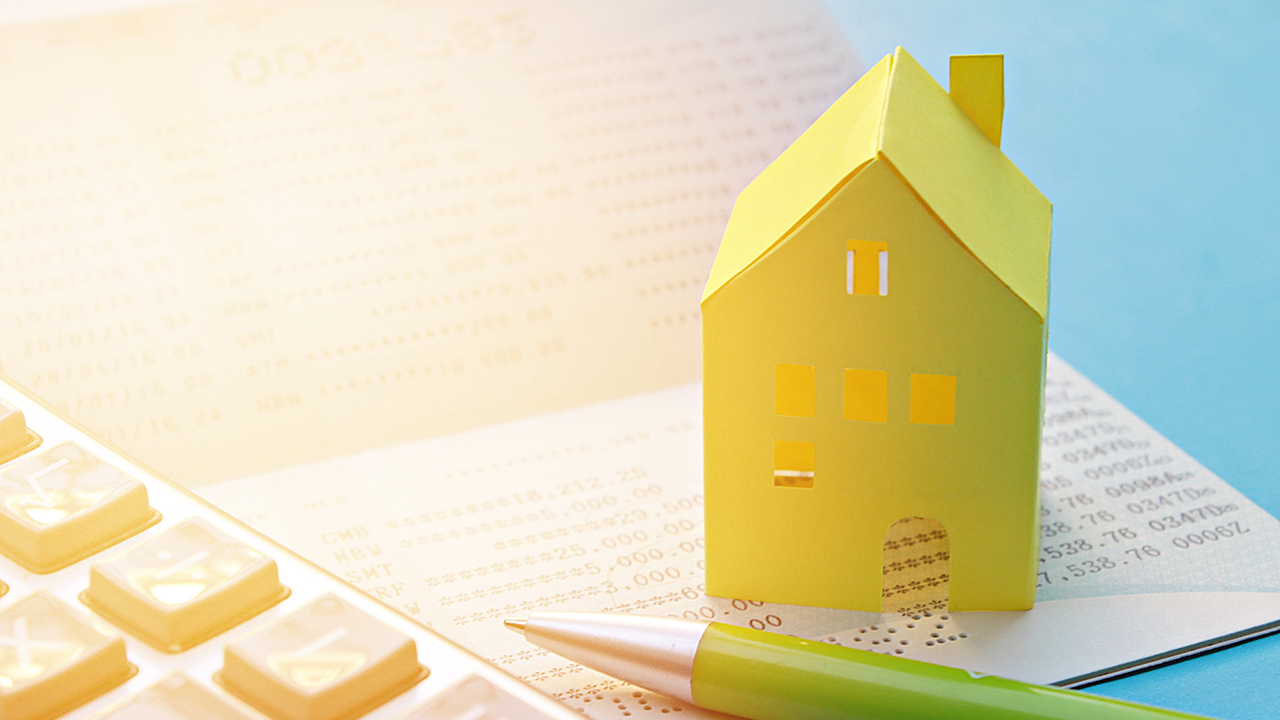Why You Should Consider Buying the Worst Home on the Best Street

Buying an awesome house in a great neighborhood that’s turn-key and requires little to no work sounds like a no-brainer, right?
Not always, especially if that home just happens to be the most expensive one on the block. In cases like these, buying the best home in the area might not necessarily be a good idea. In fact, it may even be a better strategy to consider buying the worst home on the block, and here’s why.
A Home Purchase is an Investment
It’s easy for buyers to forget that a home purchase is actually an investment – and a big one at that. Right now, all you’re focused on is buying a home that you can live in and enjoy. Selling it is probably the furthest thing from your mind.
But it shouldn’t be. Your plans may be to stay put in that house for the long haul, but anything can happen. Life is known for throwing curve balls that typically require major adjustments to be made. A new job, a divorce, a health crisis, and other situations can pop up that may necessitate a move. Now picture yourself having to sell your home.
When it comes time to list your home, selling the most expensive home on the block will be tough if you’re looking to make a little bit of a profit. Buying the priciest home in the area leaves you little recourse into boosting your equity in the home. If your home is already much better than all the others on the street, any upgrades you make might “over improve” your home based on the area and leave you struggling to hold its value and sell it at a decent price.
Buying the Worst Home on the Block Offers More Wiggle Room For Improvements
While the best home on the block is already upgraded as much as possible, the worst house has plenty of room for improvement. This will provide you with the opportunity to add value on your own rather than buying it upfront.
You don’t necessarily have to engage in major renovations to add a lot of value to your home. Even cosmetic updates and minor refacing can go a long way at adding value to your home without having to break the bank. Selecting specific projects that offer a high ROI can get you the most bang for your buck, such as painting, changing the front door, updating the flooring, installing a new kitchen countertop, refacing the cabinets, and swapping old fixtures for new ones. Adding value this way can boost your equity in the home that will pay off when you sell down the road.
In contrast, if the home is already priced well over what other homes in the neighborhood are listed at, these small changes in an expensive home probably won’t make a whole lot of difference to the property’s value. By purchasing the worst home in the nicest neighborhood, you can improve the home on your own and make it more valuable.
Don’t Hold Out Hope That the Neighborhood Will Improve
Many neighborhoods have a tendency to change throughout time, some positively and some negatively. Having said that, it’s not a good idea to bank on the neighborhood improving in the near future, which would help increase the value of your home. If you’re buying the best house in a not-so-nice area hoping it will improve, you’re playing a risky game.
If you want to live in a great area with some potential, buying the cheaper house that needs some work might be your best bet.
The Bottom Line
Buying the best home on the block might not be a wise decision, especially when you consider your return on investment. There’s a reason why house flippers are able to make a handsome profit on their projects. Buying the worst home on the block and putting in some money to improve the property can not only create the exact type of home that you want, but it can also bring you a higher ROI. Even if you don’t plan on selling anytime soon, the equity that you can build up right out of the gates makes it worth it.